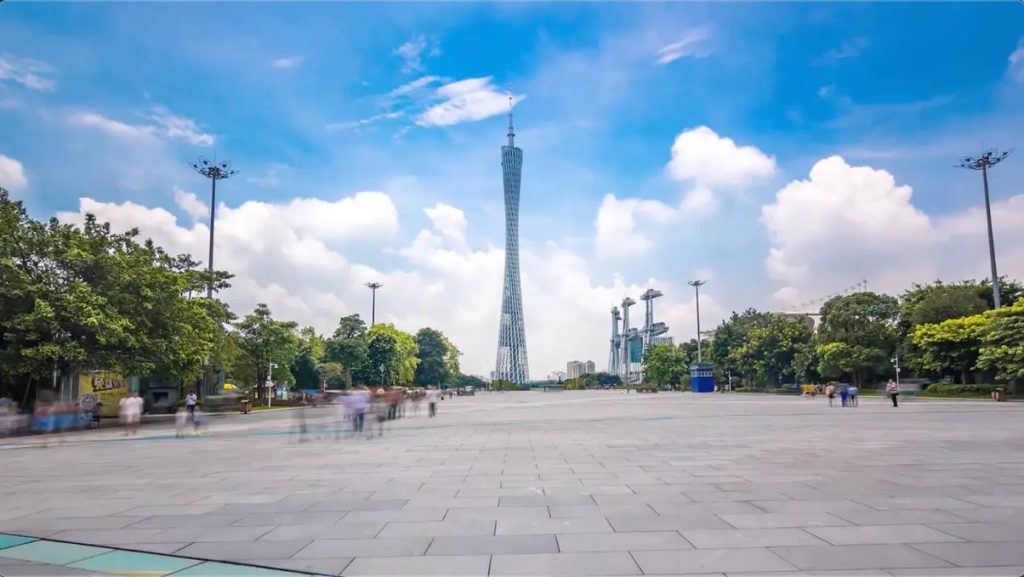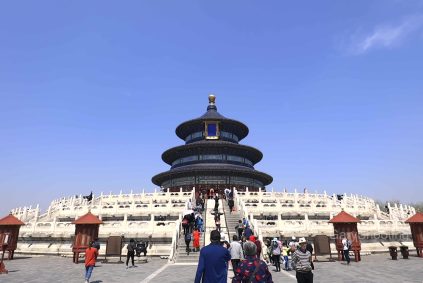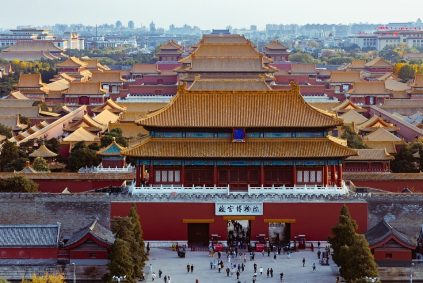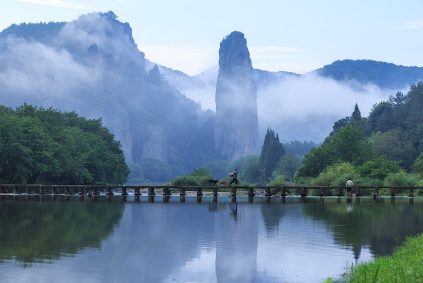Exploring Guangzhou’s Revolutionary Heritage: A Guide to Key Red Tourism Sites
Cantón, a city synonymous with China’s modern revolutionary history, holds a wealth of landmarks tied to the struggles for national independence and social progress. From early uprisings against imperial rule to pivotal moments in the Communist Party’s formation, the city’s “red tourism” sites offer immersive insights into the ideological and cultural forces that shaped 20th-century China. Below are some of Guangzhou’s most significant destinations for understanding its revolutionary legacy.
Sites of Early Resistance: Laying the Groundwork for Change
Museum of the First National Congress of the Kuomintang: Birthplace of Political Alliance
Housed in a historic Western-style building on Shamian Island, this museum marks the spot where the first National Congress of the Kuomintang (KMT) convened in 1924. The meeting, led by Sun Yat-sen, aimed to unify anti-imperialist forces and redefine the party’s platform to include cooperation with the Communist Party. Visitors can explore reconstructed meeting rooms, original documents, and photographs that illustrate the political debates of the era. The museum’s exhibits highlight how this alliance laid the foundation for the Northern Expedition and the eventual unification of China under the Republic.Site of the Guangzhou Uprising (1927): Commemorating Martyrdom and Resistance
The Guangzhou Uprising, also known as the Guangzhou Commune, was a short-lived but symbolic attempt to establish a Soviet-style government in southern China. The uprising, which began on December 11, 1927, ended in fierce street battles with Nationalist forces. Hoy, several locations across the city commemorate this event, including the former headquarters of the uprising’s leadership and the Martyrs’ Memorial Park. These sites feature plaques, sculptures, and preserved ruins that honor the thousands of participants who sacrificed their lives. The park’s central monument, a towering obelisk, serves as a focal point for annual remembrance ceremonies.
Landmarks of Communist Party History: From Ideology to Action
Former Residence of Zhou Enlai: A Glimpse into the Life of a Revolutionary Leader
Located in the historic enclave of Xiguan, this modest two-story house was the temporary residence of Zhou Enlai and his wife Deng Yingchao during the 1920s. Zhou, who later became China’s first premier, used this base to organize underground activities and coordinate with other revolutionary figures. The preserved interior includes original furniture, personal items, and manuscripts that shed light on his early political work. The residence also hosts exhibitions on Zhou’s contributions to China’s foreign policy and diplomatic relations, offering a broader perspective on his lifelong dedication to public service.Sun Yat-sen Memorial Hall: A Monument to Modern China’s Founding Father
While not exclusively a Communist site, the Sun Yat-sen Memorial Hall is a cornerstone of Guangzhou’s revolutionary history. Designed by architect Lu Yanzhi and completed in 1931, the octagonal structure honors Sun Yat-sen, the “Father of the Nation,” whose Three Principles of the People inspired both the KMT and early Communist ideologies. The hall’s grand interior features a massive portrait of Sun and murals depicting key moments from his life, incluyendo el 1911 Xinhai Revolution. Regular cultural performances and lectures held here emphasize his enduring influence on China’s political and social development.
Memorials to the People: Honoring Everyday Heroes
Guangzhou Martyrs’ Cemetery: A Final Resting Place for Revolutionary Fighters
Perched on the slopes of Yuexiu Hill, this cemetery is the burial site of over 700 martyrs who died during the Anti-Japanese War and the Chinese Civil War. The cemetery’s central monument, a white marble stele inscribed with golden characters, stands amid manicured gardens and solemn pathways. Visitors can read biographies of fallen fighters, view relics such as weapons and letters, and pay respects at individual graves. The cemetery also serves as a venue for educational programs, where students learn about the sacrifices made by ordinary citizens to secure China’s freedom.Red Army Memorial Garden: Celebrating the Long March and Beyond
Dedicated to the Red Army’s epic Long March (1934–1935), this garden features sculptures and inscriptions that narrate the journey’s challenges and triumphs. Though the march itself bypassed Guangzhou, the city played a crucial role in recruiting soldiers and supplying resources to the Communist forces. The garden’s design incorporates elements of traditional Chinese landscaping, with pavilions, rockeries, and lotus ponds symbolizing resilience and renewal. Interpretive panels explain how the Long March became a defining myth of Communist perseverance, inspiring generations of activists.
Guangzhou’s Revolutionary Tapestry
The city’s red tourism sites collectively weave a narrative of courage, idealism, and sacrifice. From the intellectual ferment of the 1920s to the grassroots mobilization of wartime resistance, these locations invite visitors to engage with China’s revolutionary past in a tangible way. Whether reflecting on the strategies discussed in a historic meeting room or tracing the footsteps of martyrs through a memorial park, each site offers a unique lens into the forces that transformed Guangzhou—and the nation—forever.
















